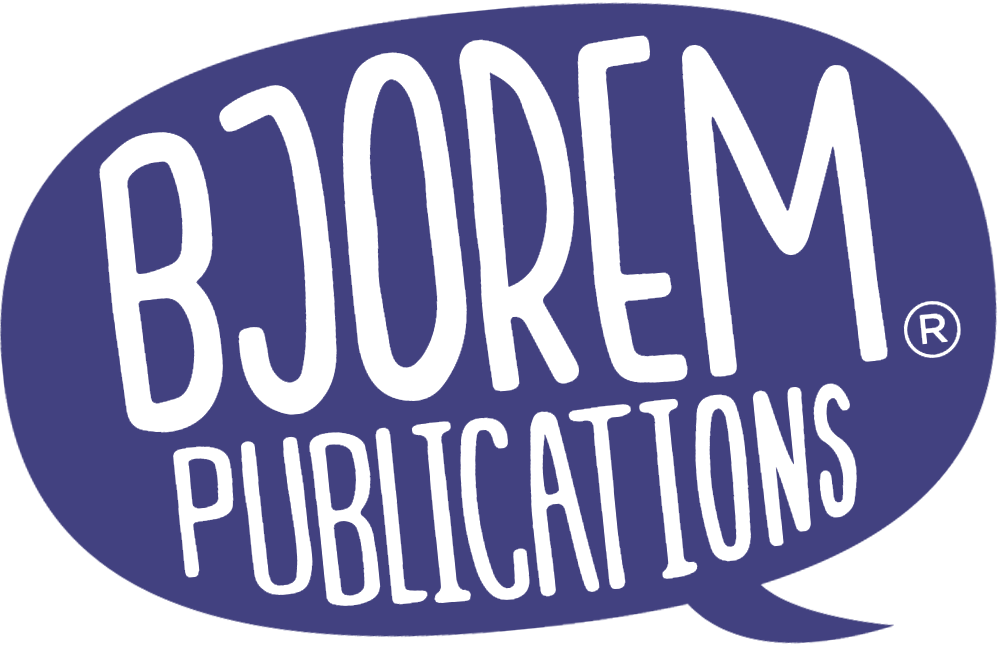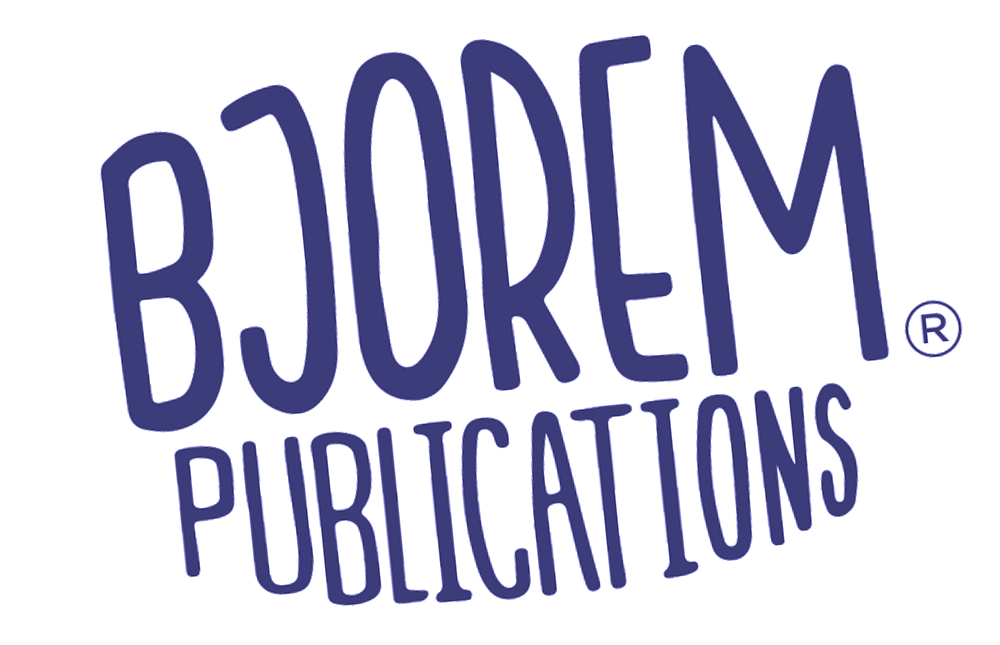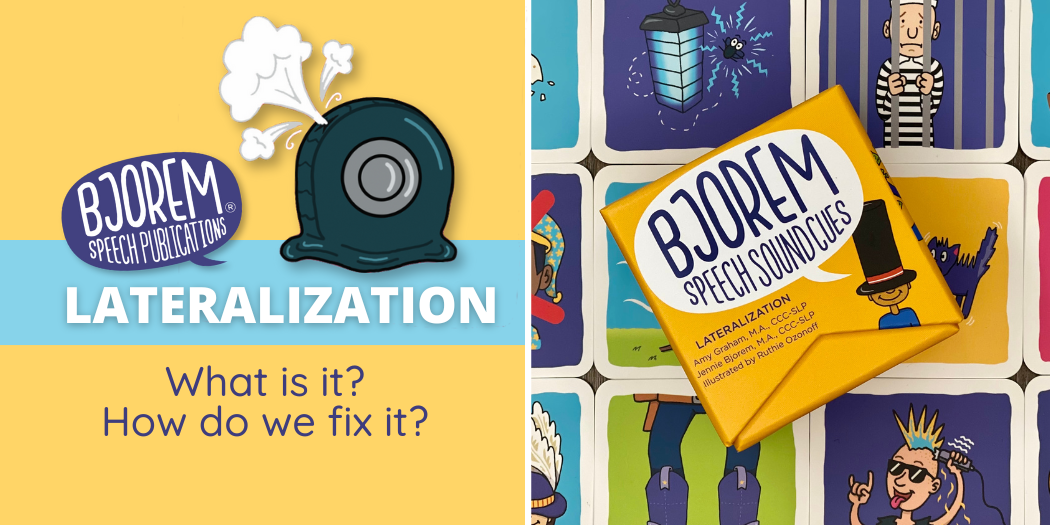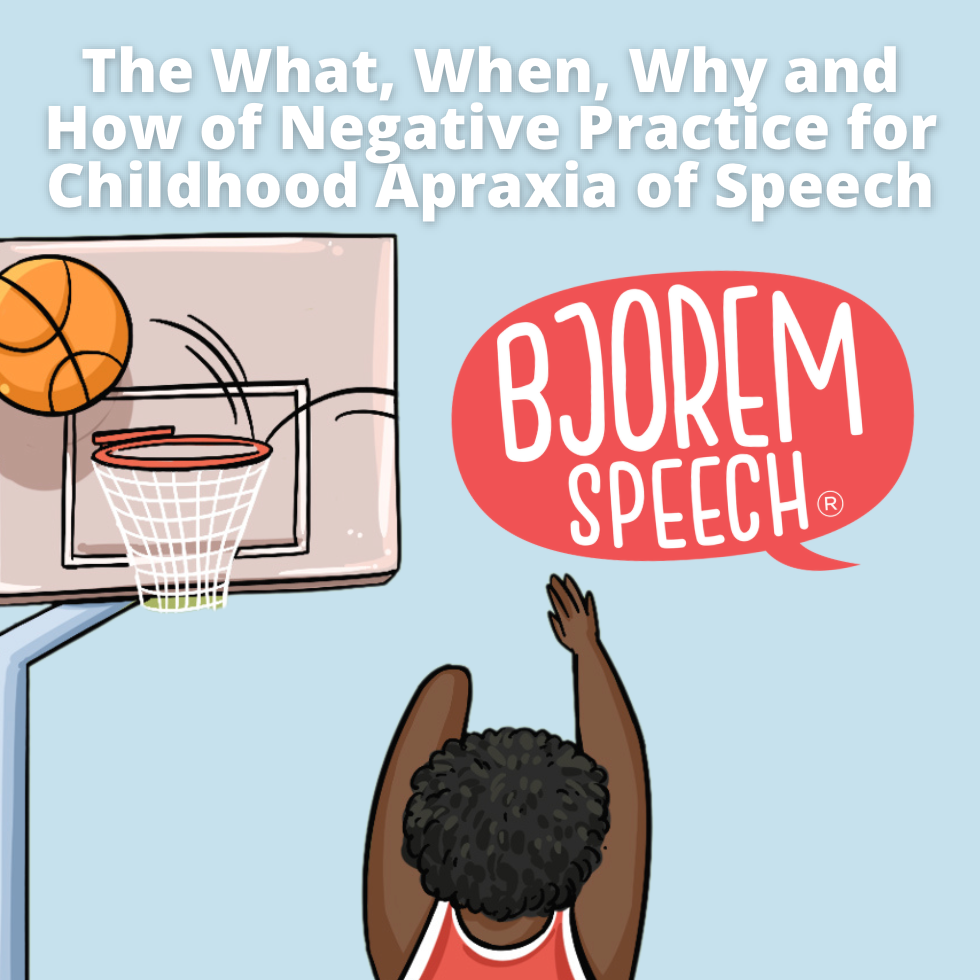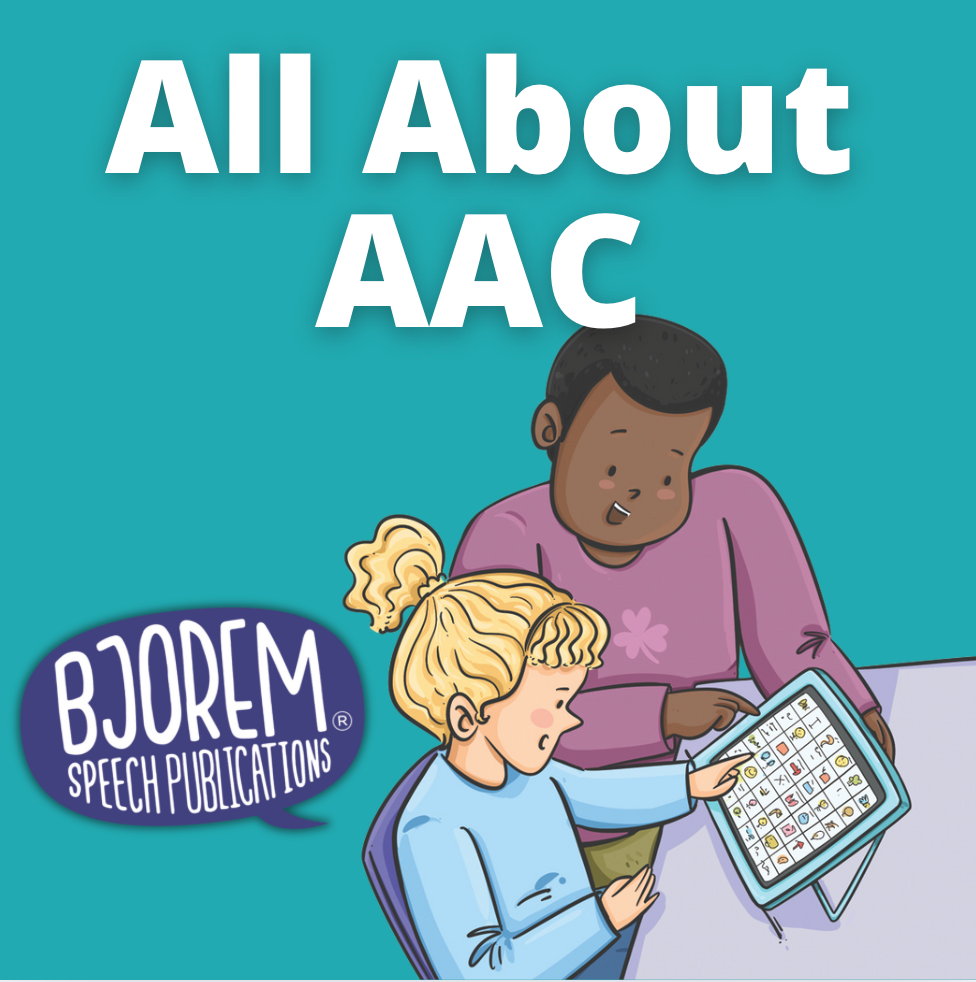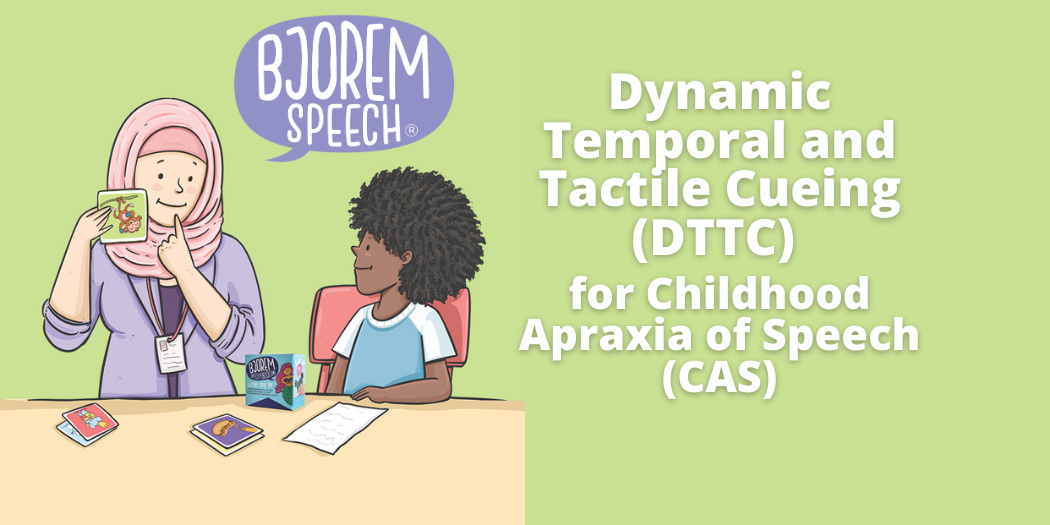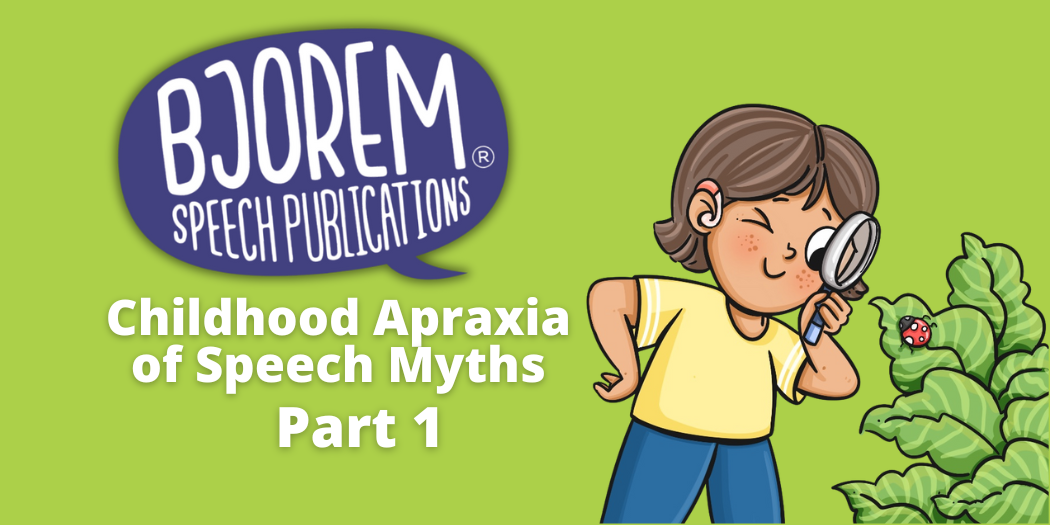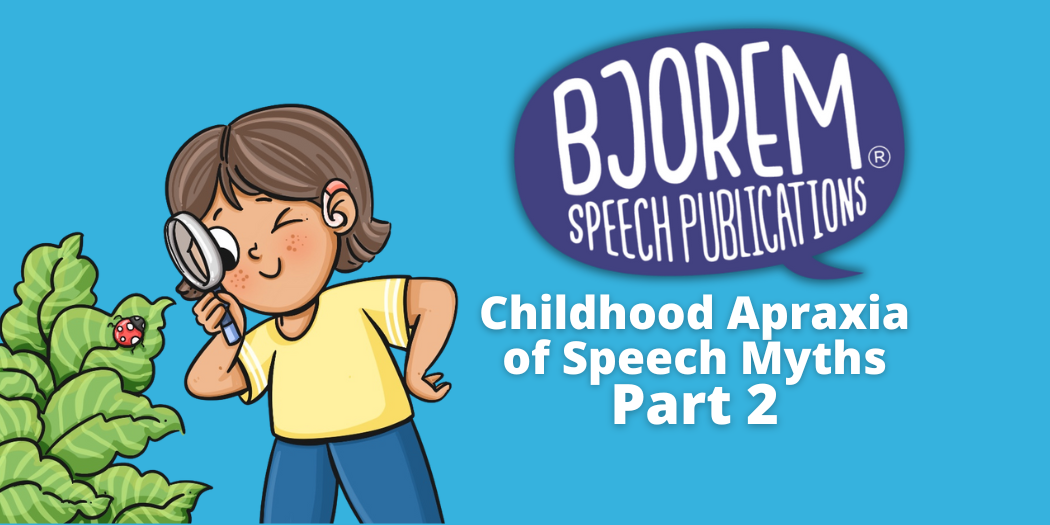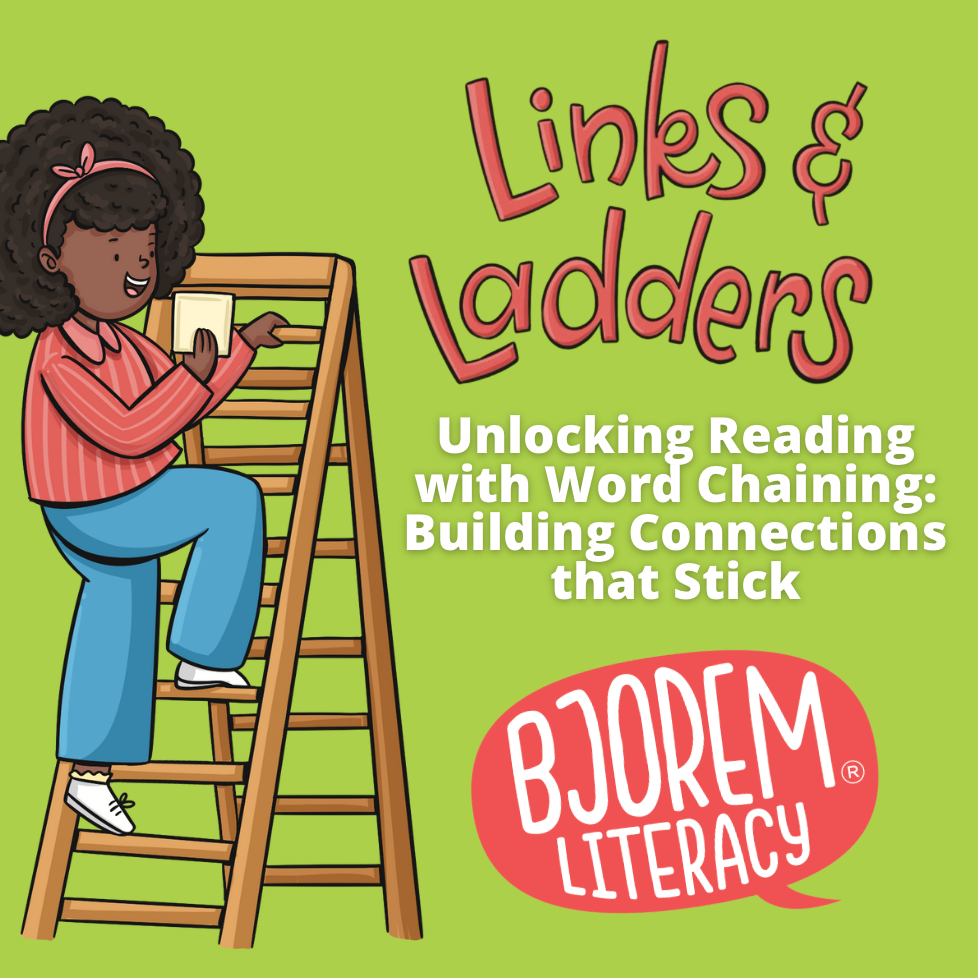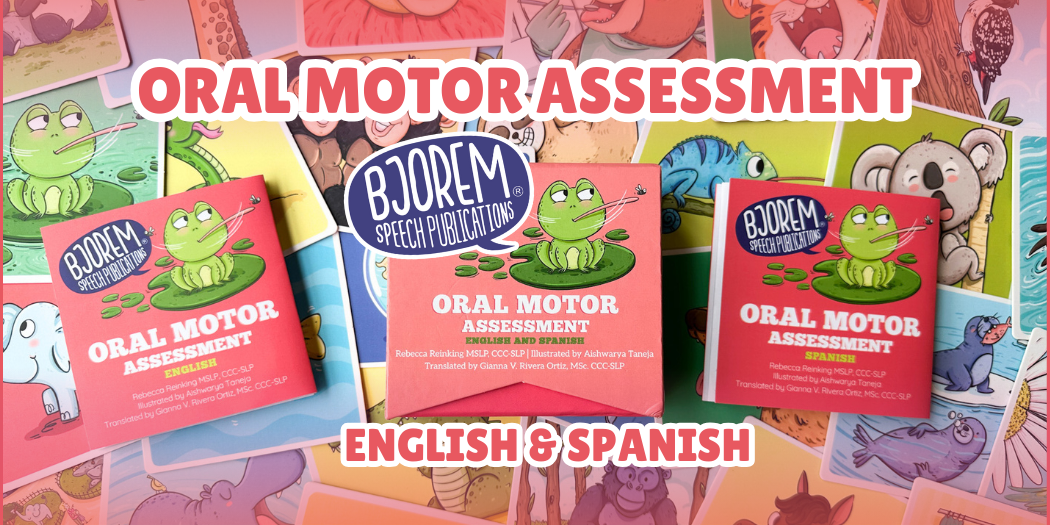
When working with children who have speech sound disorders, one of the challenges speech-language pathologists (SLPs) may encounter is lateralization. This article will delve into what lateralization is, how it impacts speech, and effective strategies for remediation. Looking for activity ideas? Use these Frontal and Lateral Lisp Playing Cards to take your child from elicitation to generalization!
What is Lateralization?
Lateralization refers to a speech production error where airflow during speech is directed toward the sides of the mouth instead of flowing centrally through the oral cavity. This misdirection of airflow often affects sounds like S, Z, SH, CH, and J. The result is a distorted, slushy sound quality that can impact intelligibility and clarity.
The most commonly affected sound in lateralization is the /s/ sound. For example, a child might produce a lateralized /s/ that sounds like a lisp but with a distinctive slushy quality because the air escapes along the sides of the tongue instead of down the center.
How to Remediate a Lateral Lisp:
Watch the following videos for step by step instructions for how to remediate a lateral lisp using the Bjorem Speech Lateralization Deck:
More on the Bjorem Speech® Lateralization Deck
from the author, Amy Graham:
Want to learn more about lateralization?
Check out this course from the author of the Lateralization deck, Amy Graham!
Take a look at the Lateralization Deck here!
